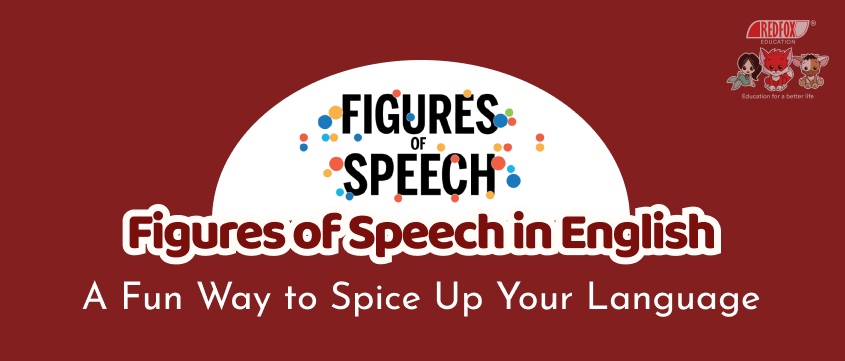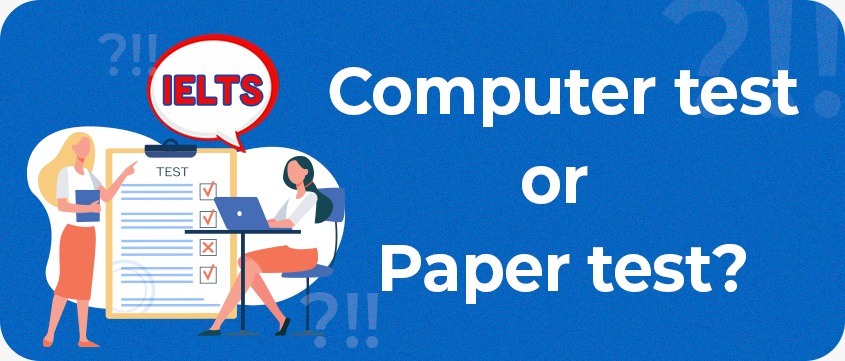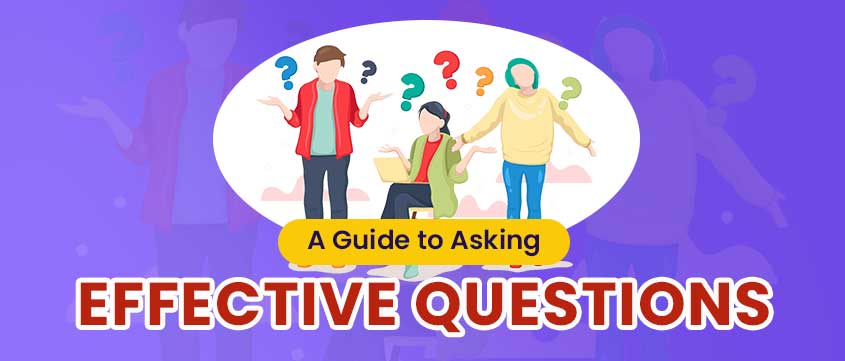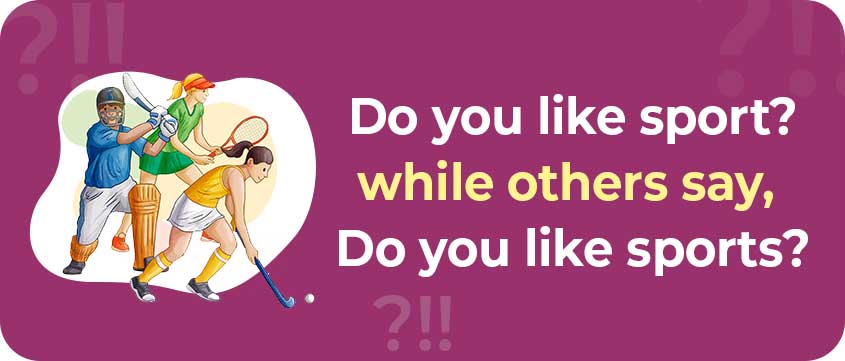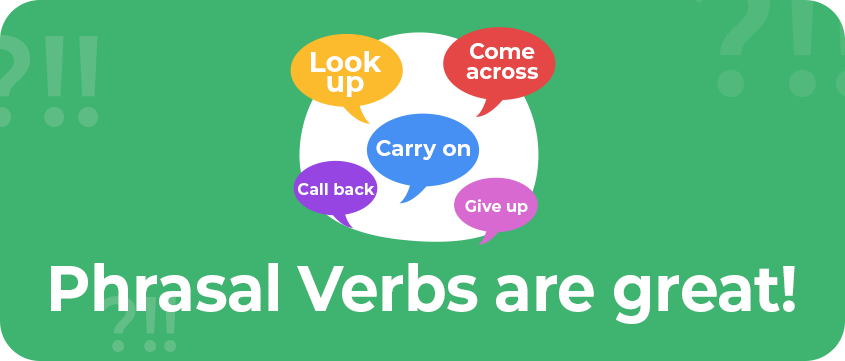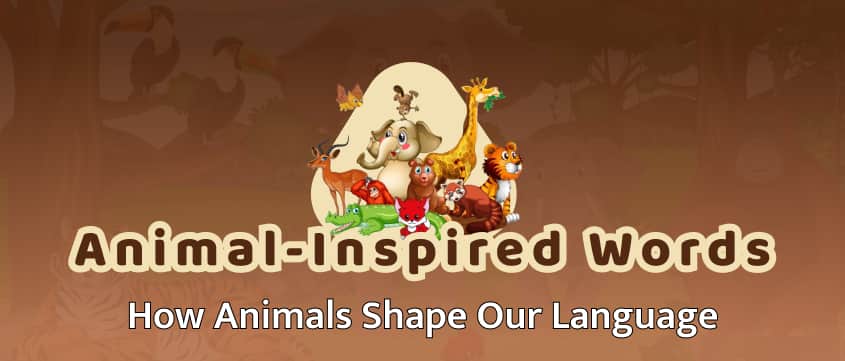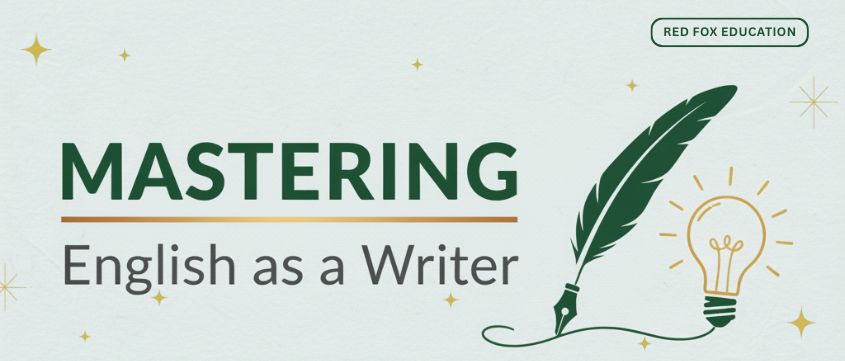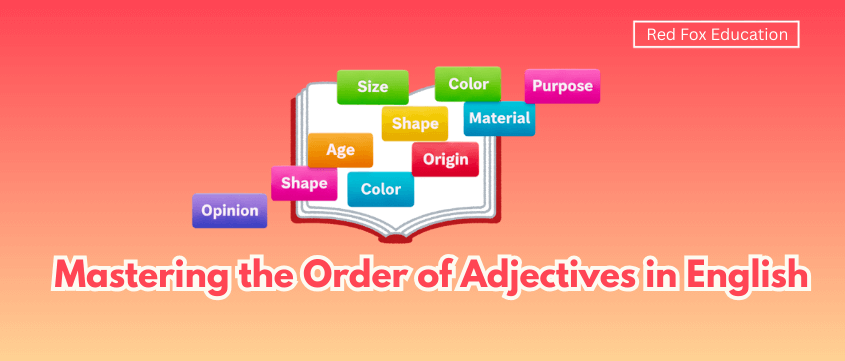Let’s face it: sometimes plain old words just don’t cut it. They’re like that bland bowl of rice that needs some flavor. Enter figures of speech—the seasoning of the language world! These nifty tools can make your writing or speaking more colorful, creative, and even a bit cheeky. Whether you’re trying to impress your friends, win an argument, or just make your text pop, using figures of speech is like adding a dash of magic. So, buckle up and prepare for a wild ride through some of the wittiest and most fun figures of speech in the English language.
First up, we have the ever-popular simile. You know, the one where we compare two things using "like" or "as." It’s like a shortcut to making your point extra clear. For example, "He ran as fast as a cheetah on a Red Bull" is a simile that doesn’t just tell you he’s fast—it gives you a picture of speed so vivid you can practically hear the wind. Similes aren’t just for poets—they’re perfect for anyone who needs to punch up their language and show off their comparison skills.
Next on the list: metaphor. This one doesn’t bother with “like” or “as”—it just jumps right in and says, “Hey, this is that!” Take "Her heart is a stone”—no, we’re not saying she has rocks inside her chest (that would be weird), but we are telling you that she’s tough as nails and maybe a little emotionally unavailable. Metaphors cut to the chase and give you a quick, dramatic comparison. Use them to sound deep and profound at a party, or just to look cool when you’re describing your favorite pizza as “a slice of heaven.”
Let’s not forget personification—when you give human traits to something non-human. Think of it as giving life to the lifeless. "The wind howled in the night" is a perfect example. The wind’s not literally howling (unless you’re dealing with a very angry wind), but it sounds so wild and intense that we can almost hear it. Personification is great for adding drama to your descriptions, and honestly, who wouldn’t want to make the wind their dramatic sidekick?
Then there's the classic hyperbole— the king of exaggeration. Hyperbole is when you take something normal and turn it into an Olympic-level event. "I’m starving to death" might sound like a mild exaggeration after a missed lunch, but hey, that’s hyperbole working its magic. It’s perfect for when you want to make a point, stand out, or just get people to laugh. Just don’t use it when you’re actually hungry unless you’re okay with the whole world thinking you might eat a whole cow.
Now, let’s talk about alliteration—the figure of speech that makes things sound like a rap song. Repeating the same consonant sound at the beginning of words might seem simple, but it packs a punch. "Sally sold seashells by the seashore" is alliteration at its finest. It’s catchy, it’s fun, and it makes your tongue work overtime. Alliteration is perfect for slogans, poems, and the occasional tongue-twister competition. If you’re not using it yet, it’s time to hop on the bandwagon.
And who could forget onomatopoeia—words that sound like what they describe? If you’ve ever heard a "buzz" or "crash," you’ve already experienced the magic of onomatopoeia. These words make your language come alive with sound. Whether it’s the "clang" of a bell or the "splash" of a cannonball hitting water, these words do the heavy lifting of creating sensory experiences for your audience. It’s basically sound effects for your sentences!
Oxymorons are also a crowd favorite. These are pairs of words that contradict each other but somehow still make sense. “Deafening silence” is a classic—because, let’s be real, sometimes silence is so intense that it feels as loud as a rock concert. Oxymorons are great for adding humor, irony, or a twist to your writing. Plus, they’re the perfect tool to use when you want to sound smart but aren’t sure how to do it.
Finally, there’s irony—the figure of speech that makes you think, “Did that just happen?” Irony is when the opposite of what you expect happens, or when someone says something, but you know they mean the opposite. Like when it’s pouring rain, and someone says, "What a beautiful day!" Irony is an excellent way to add humor, surprise, or just a little bit of sarcastic spice to your language.
In conclusion, figures of speech are like the secret sauce of great writing and speaking. They take your ordinary words and give them flair, drama, and personality. So, next time you’re crafting an essay, telling a joke, or making your friends laugh, try throwing in a few of these figures of speech. Who knows? You might just become the Shakespeare of your group—and yes, that’s a metaphor!
Get unlimited access to our Premium products with Red Fox Education's English courses, designed to give you the language skills and confidence needed to hold conversations in spoken English on a variety of topics.
If you still don't have the Red Fox Education mobile app download it.
Feb 15, 2025 | English,Grammar | No Comments
